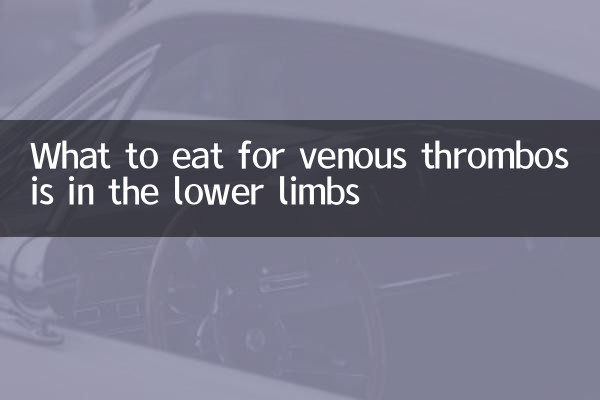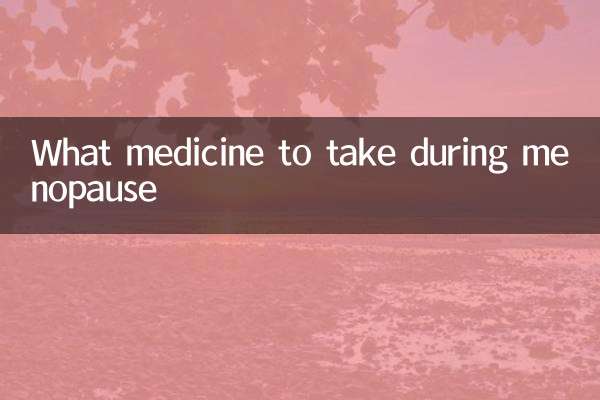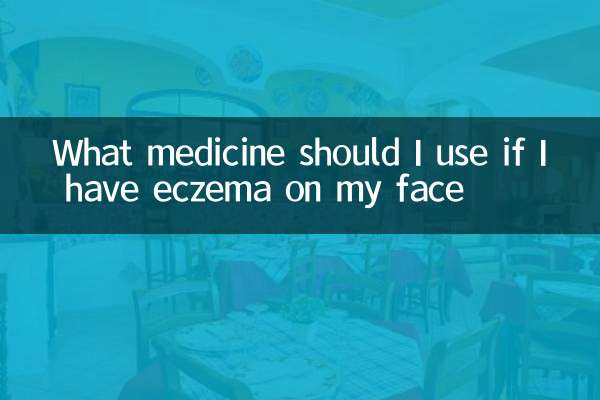What is the best way to eat for lower limb venous thrombosis? Dietary conditioning and scientific advice
Lower limb venous thrombosis is a common vascular disease, and dietary conditioning plays an important role in prevention and adjuvant treatment. This article will combine popular health topics across the network for nearly 10 days to provide you with scientific dietary advice.
1. Basic understanding of venous thrombosis in the lower limbs

Lower limb venous thrombosis (DVT) refers to abnormal blood clots in the deep veins of the lower limbs, resulting in blood vessel obstruction. Common symptoms include swelling of the legs, pain, and redness in the skin. In addition to drug treatment, a reasonable diet can help improve blood circulation and reduce the risk of thrombosis.
| Risk factors | illustrate |
|---|---|
| Sit still for a long time | Maintaining the same posture for a long time will slow down blood flow |
| obesity | Excessive weight will increase venous pressure |
| age | People over 60 have higher risks |
| Genetic factors | People with family history are more likely to get sick |
| Certain diseases | Such as heart disease, cancer, etc. |
2. Recommended food list
The following foods can help improve blood circulation and prevent thrombosis:
| Food Categories | Recommended food | effect |
|---|---|---|
| Rich in omega-3 fatty acids | Salmon, tuna, flax seeds | Reduce blood viscosity |
| High fiber food | Whole grains, oats, beans | Helps control weight and cholesterol |
| Antioxidant foods | Blueberries, pomegranates, dark vegetables | Protect the endothelium of the blood vessels |
| Natural anticoagulant food | Ginger, garlic, onion | Mild anticoagulant effect |
| Rich in vitamin E | Nuts, olive oil, avocado | Improve blood circulation |
3. Foods that need restrictions
Certain foods may increase the risk of thrombosis and should be properly controlled:
| Food Categories | Reasons for limitation | Alternative suggestions |
|---|---|---|
| High-salt food | Increases blood pressure and fluid retention | Season with herbs and spices |
| Saturated fat | Increase cholesterol levels | Choose lean meat and low-fat dairy products |
| Refined sugar | Promote inflammatory response | Choose natural sweet fruit |
| Alcohol | Influence the effectiveness of anticoagulant drugs | Limit alcohol consumption |
| caffeine | May cause dehydration | Drink moderate amounts and drink more water |
4. Three meal combination suggestions
Here is an example of a diet plan for patients with lower limb venous thrombosis:
| Meal times | Recommended matching |
|---|---|
| breakfast | Oatmeal porridge + blueberries + walnuts + green tea |
| Lunch | Grilled salmon + quinoa + spinach salad + olive oil seasoning |
| dinner | Chicken breast + brown rice + steamed broccoli + garlic seasoning |
| Add meal | Low-fat yogurt + almonds or fresh fruit |
5. Special precautions
1.Moisture intake: Drink enough water (about 1.5-2 liters) every day to keep your blood diluted.
2.Drug interactions: If you are taking anticoagulant drugs (such as warfarin), you should consult your doctor about the intake of foods high in vitamin K (such as spinach, kale).
3.Combination of sports: Diet conditioning should be combined with moderate exercise, such as walking, swimming and other activities that promote blood circulation.
4.Individual Differences: Everyone has different physical conditions. It is recommended to develop a personalized diet plan under the guidance of a doctor or nutritionist.
6. Recent hot topics
According to the health hot topics of the entire network for the past 10 days, the following topics are related to intravenous health:
1. "Health risks and preventive measures for people with long-term sitting office workers"
2. "How to prevent economy class syndrome on long-distance flights"
3. "Latest research progress on anti-inflammatory diet"
4. "Scientific verification of natural anticoagulant foods"
5. "The impact of home exercise on circulation during the epidemic"
Summarize
A reasonable dietary choice can assist in preventing and improving venous thrombosis in the lower limbs, but more importantly, comprehensive management of lifestyle. If you have symptoms of venous thrombosis or high-risk factors, you should seek medical treatment in a timely manner and undergo treatment and dietary adjustments under professional guidance.

check the details

check the details